Which Oil Is Best for Beef
Every editorial product is independently selected, though we may be compensated or receive an affiliate commission if you buy something through our links. Ratings and prices are accurate and items are in stock as of time of publication.
Here are the best oils for frying, and some that you should skip.
Fried shrimp, deep-fried turkey, French fries, tempura veggies, crispy fried chicken—it's all good, right? Of course, it is! But how do we choose the right oil to perfect all these delicious goodies? The cooking oil aisle at the grocery store presents a wide variety, but do different oils affect the taste of foods cooked in them? Do they react differently to the higher temperatures needed for frying? Let's find out.
All About Smoke Point
First things first: Smoke point is the temperature at which the oil begins to break down and start smoking. This can give the oil a rancid, unpleasant taste and spoil the flavor of the foods you cook in it. Not to mention setting your smoke detector off and putting you in panic mode. The higher temperature you need to cook in, the higher the smoke point the oil you use will need.
New to deep-frying? Read our handy frying guide.
The Best Oil for Frying
For most recipes, you'll want your oil to be heated to somewhere between 350-375°F. This temperature allows the breading to crisp up quickly, which prevents the food from absorbing the oil and becoming greasy. It also isn't so high that it burns your food quickly.
In addition to smoke point, you'll also want to consider flavor and price. Most of the time, neutral oils are best for frying because they don't impart any flavor to the fried food. Also, deep-fried foods turn out best when they're fully submerged in hot oil, making inexpensive oils the preferred choice. These are some of our picks for the best oils for frying:
Avocado oil
Smoke point: 520°F
With the highest smoke point of all of our suggestions, avocado oil is great for frying. The oil imparts an avocado flavor with a hint of sweetness, so it's better suited for fried desserts than fried chicken. The downside with avocado oil is that it's significantly more expensive than other oils, which a 500ml bottle costing more than $5 at most stores.
Safflower oil
Smoke point: 475° F
If you love avocado oil's high smoke point, but not the flavor, safflower oil is for you. Safflower has a neutral flavor, which makes it perfect for frying anything from chicken tenders to delicate eggplant fries. The only downside is that safflower is on the expensive side, with a 32-ounce bottle running about $9.
Peanut oil
Smoke point: 450° F
Peanut oil is a popular choice for frying, thanks to its high smoke point and nutty flavor. In fact, it's the go-to oil for fast food restaurant Five Guys, which is why their French fries are so delicious and buttery.
Plus, a large, fry-worthy 128-ounce jug of peanut oil will likely cost less than $15 and last you a long time.
Soybean oil
Smoke point: 450° F
A type of vegetable oil, soybean oil is a great multi-use frying option. Deep fry anything from breaded shrimp to funnel cakes without adding any competing flavors. The best part is, a 48-ounce container will set you back less than $3.
Corn oil
Smoke point: 450°F
Like soybean oil, corn oil is a neutral, high smoke point oil that's very affordable. When you're frying in bulk, corn oil is one of the most affordable options with a gallon container costing just $8.
Sunflower oil
Smoke point: 450°F
With a slightly nutty flavor, sunflower is wonderful when frying doughnuts, fritters and rosettes, though it also works well with more savory foods like fried asparagus. Sunflower oil is mid-range in price, with a 48-ounce bottle running you about $5.
Cottonseed oil
Smoke point: 420°F
A common choice for fast food spots, cottonseed oil's neutral flavor is great for frying just about anything. However, this oil is less popular in grocery stores, so a 48-ounce bottle will put you back about $12.
Canola oil
Smoke point: 400° F
Canola oil is one of the best choices when frying because of its neutral flavor and affordability, particularly if you are preparing large amounts of food. A gallon of canola is usually around $6, and is commonly used in baking and sauteeing, too.
Note: Vegetable oil is either a blend of oils or a generic term used by manufacturers for their packaging, so the smoke point will vary depending on the brand you get. That said, vegetable oil tends to be neutral in flavor and low in cost. Just make sure you check the smoke point before trying to fry with vegetable oil.
Keeping an eye on your health? Take a look at the healthiest oils to fry with.
Best Oil for Air Frying
When air-frying food, you'll want to consider the same three factors as you would deep-frying: smoke point, flavor and price.
But since air fryers only need a small amount of oil to crisp food, spray or aerosol oils are much better at evenly distributing oil than traditional jars or jugs. PAM, cooking spray or an oil sprayer filled with the oil of your choice will get your food golden brown and crisp.
An oil spray bottle can enhance your healthy cooking game and add mouth-watering crispiness to your favorite dishes. This one is Amazon's favorite.
Oils to Skip When Frying
When frying, never use oils with a low smoke point. That means extra virgin olive oil (smoke point of 325°F), coconut oil (350º), flaxseed oil (220º) and unrefined oils aren't suitable for frying
These oils can be on the pricier side, too, so you might want to save them for applications where you'll really taste them, as in salad dressings, drizzling and for dipping fresh bread into.
Butter (300°F), lard (374°F) and vegetable shortening (360°F) also have low smoke points that make them better-suited baking and roasting. If you really want a buttery flavor in your food, mix it with a higher smoke point oil, or melt some butter into your dish once it's finished cooking. For more info on smoke points of common cooking oils, bookmark this oil guide.
Now that you know which oils to fry with, learn how to properly dispose of frying oil.
Try These Fried Chicken Favorites.
Source: https://www.tasteofhome.com/article/best-oils-frying/


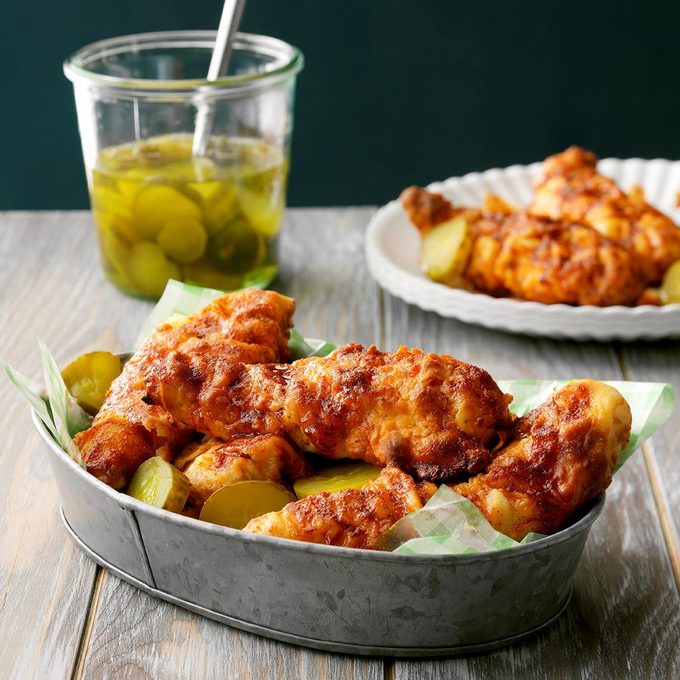
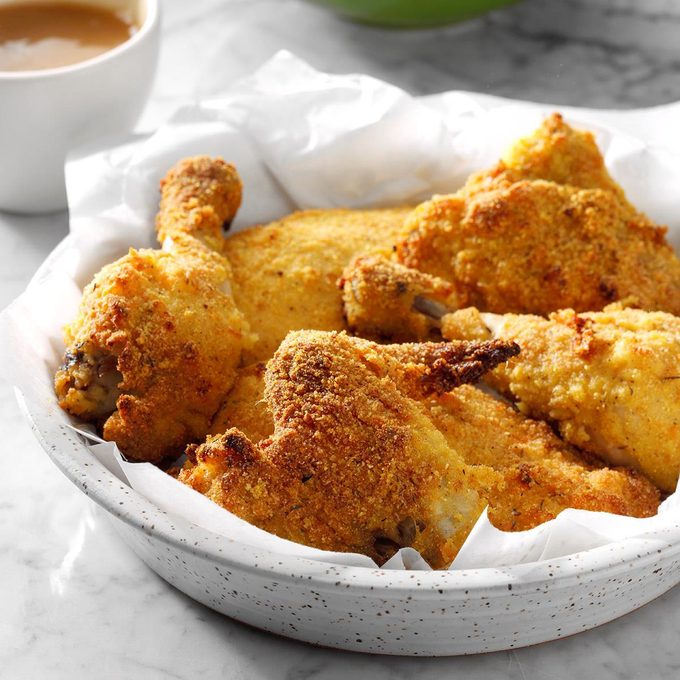
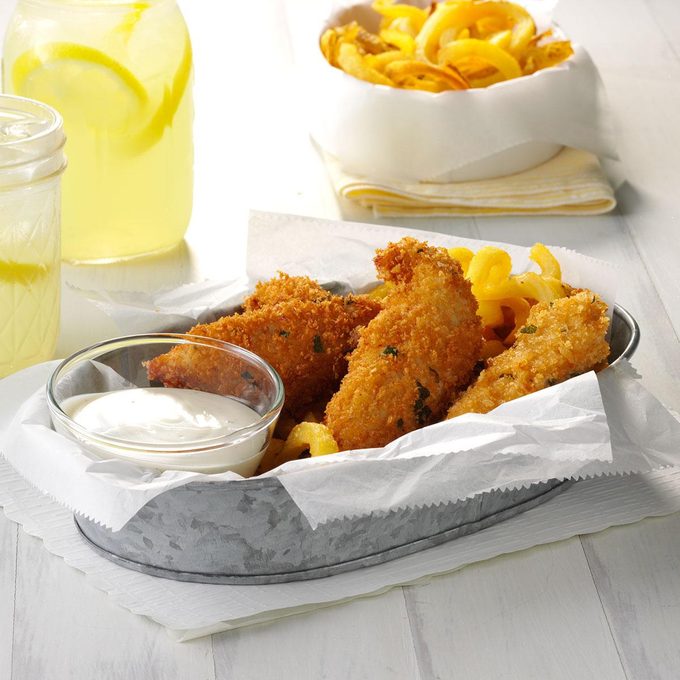
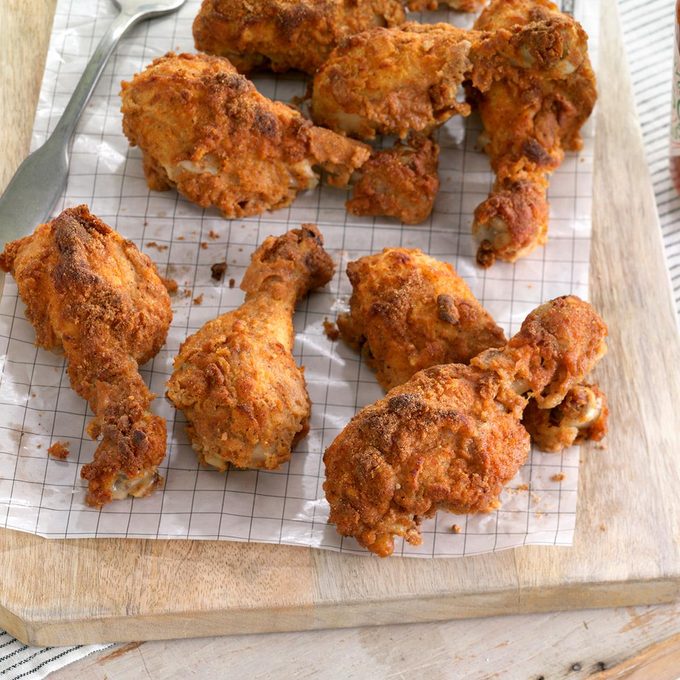
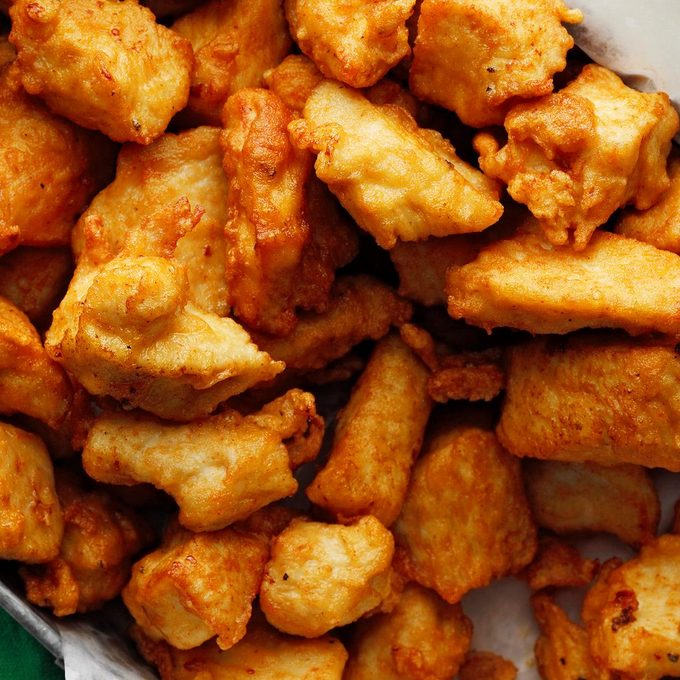
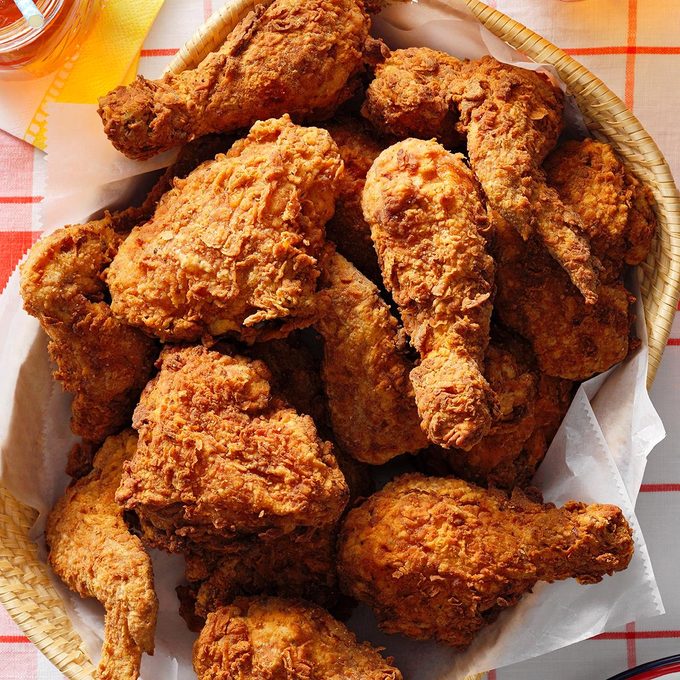
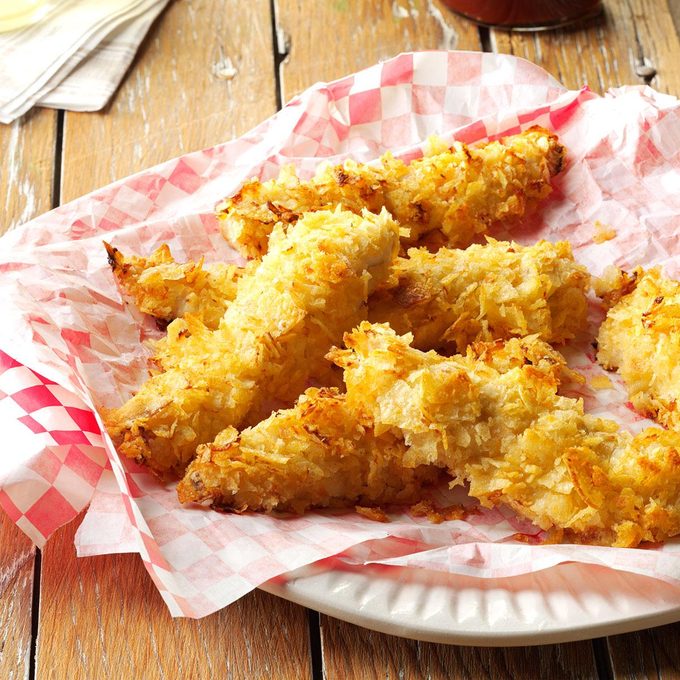


0 Response to "Which Oil Is Best for Beef"
Post a Comment